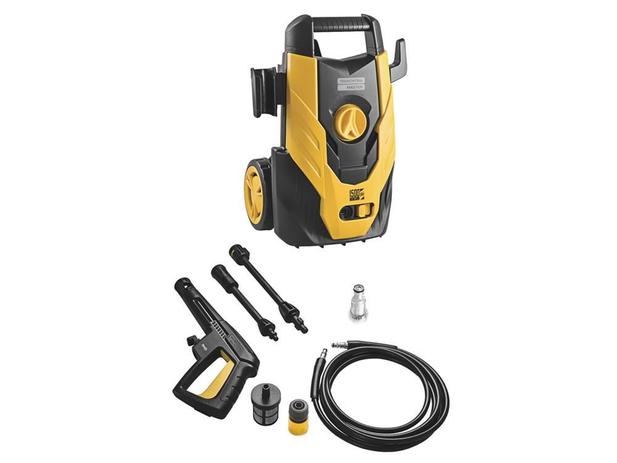

It can’t be denied that the numbers on the metric system make calculations a whole lot easier.Ĭalculating the air left in your tank with bar is very simple. If you are planning to visit other countries which use the other system than you’re used to – it’s good to not be taken by surprise once you’re on the dive boat! It’s no different than having to learn a rough conversion between miles and kilometers, or Fahrenheit and Celsius.Īh, now we get to the controversial bit! Divers tend to get very attached to the system they learned to dive with, which is only natural.īut could one be making your life easier?
#1500 PSI TO BAR FULL#
It is not vital to fully understand both systems, but it is a good idea to be aware of full tank measurements. The imperial system is mostly found in the US, with bar used in metric predominant Europe and Asia. Well, we have two measurements as a result of the metric and imperial systems.

Now, you’re probably wondering why we have two measurements… And if it’s important for a scuba diver to understand both bar and PSI. From this measurement, you know when you have a half tank (100 bar or 1500 PSI) and when you’re low on air (50 bar or 750 PSI) and should end the dive. Your SPG (submersible pressure gauge) is connected to your tank using a pressurized hose, so it can accurately measure the pressure in your tank, which is directly proportional to the amount of air you have left.ĭepending on where your SPG was manufactured, it might display either bar, PSI or both.Ī scuba dive usually begins with a full tank – around 200 bar or 300 PSI. The most common place you will encounter bar or PSI when scuba diving is when looking at your SPG.

Not quite as easy to calculate, but still doable! Whilst this doesn’t affect our mostly liquid bodies, it does affect our air spaces which is why equalizing is so important.Ĭheck out the table below for a quick conversion.Ītmospheric pressure can also be measured in PSI but the numbers aren’t as simple. For every 10m descended, an extra 1 bar of pressure will press down on you. As a result, it is much easier to measure atmospheric pressure in Bars than PSI, which is around 14.7 PSI to 1 ATM.Īs you descend into the water, which is much denser than the atmosphere, you accumulate atmospheric pressure more quickly. This is known as 1 atmosphere (or ATM) of pressure.ġ ATM is roughly equivalent to 1 Bar: 1.013 bar = 1 ATM. This is essentially the weight of the whole atmosphere pressing down on an object, for example, your body. The atmospheric pressure surrounding your bodyĪtmospheric pressure is the amount of pressure exerted at sea level.In scuba diving, these measurements are relevant for two reasons: PSI, standing for Pounds per Square Inch, is the equivalent of 1 pound of pressure per every square inch of space (lb/in²). Oğrom 0.06 Pct of calibrated span (optional 0.1 Bar is equal to the atmospheric pressure at sea level, the equivalent of 100,000 pascals (100 kPa) or kilograms per square centimeter (kg/cm²). psi Sensor Span Limit, 1-5 VDC Output, FM Approved Explosion Proof, Aluminium Alloy Housing MaterialĢ66HSH is a high overload gauge pressure transmitter with a maximum working pressure up to 105 MPa, 15225 psi suitable for measuring liquid, gas or steam pressure in a pipe or on an open tank.

266HSH High Overload Gauge Pressure Transmitter, Digital LCD Integrated Display, Surge/Transient Protector, 23.


 0 kommentar(er)
0 kommentar(er)
